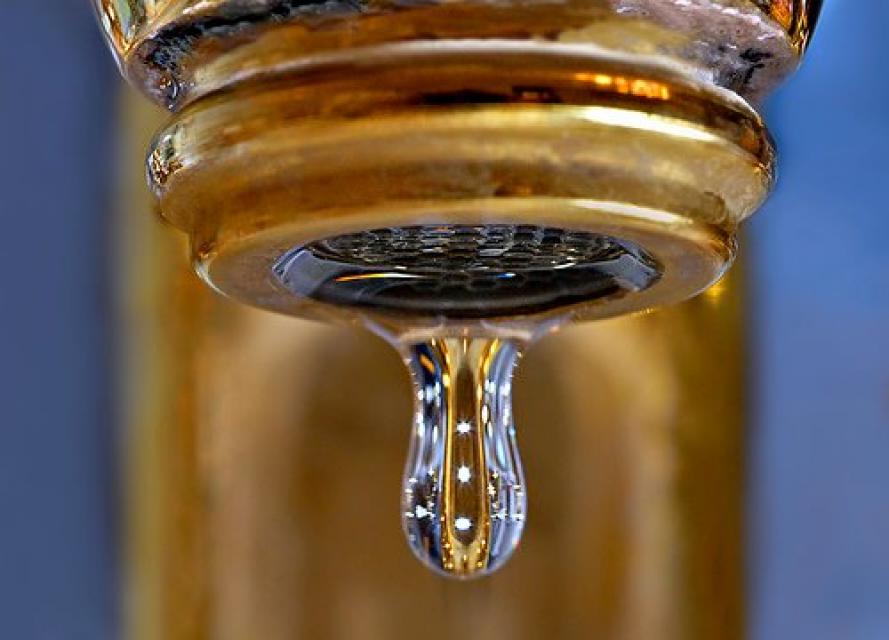Water Use Efficiency
 The message is oft-repeated that
water must be conserved and used as wisely as possible.
The message is oft-repeated that
water must be conserved and used as wisely as possible.
The California Water Code calls water use efficiency “the efficient management of water resources for beneficial uses, preventing waste, or accomplishing additional benefits with the same amount of water.”
Using water more wisely occurs in the municipal, industrial and agricultural sectors. On the farm, it means getting the most crop yield per given unit amount of water and can be estimated over individual fields or entire regions. The state Water Plan defines net water savings as the reduction in the amount of water applied that becomes available for other purposes, while maintaining or improving crop yield and agricultural productivity.
On the urban side, water use efficiency is driven by public outreach that has resulted in improved demand management. Indoor appliance retrofits are represented by low-flush toilets and low-flow showerheads. Outdoors, there are water efficient landscape ordinances, better sprinkler technology and improved accounting of water use through metering.
Amazing progress has been made everywhere in in water use efficiency. Urban areas throughout California are doing more with less. A notable example is the city of Los Angeles, which uses about the same amount of water as 40 years ago despite a significant growth in population. Advances in water use efficiency in the municipal, industrial and agricultural sectors have paved the way for even more integrated programs and requirements in the near future.
Water use efficiency means getting more from every drop. Doing so reduces the amount of energy needed to treat wastewater, resulting in less energy demand and less greenhouse gas emissions. Water us efficiency is achieved by reducing pipe leakage – a constant infrastructure outlay. Rainwater capture is a part, considering the fast-moving storms that quickly dump runoff in areas that do not receive large annual rainfall totals.








